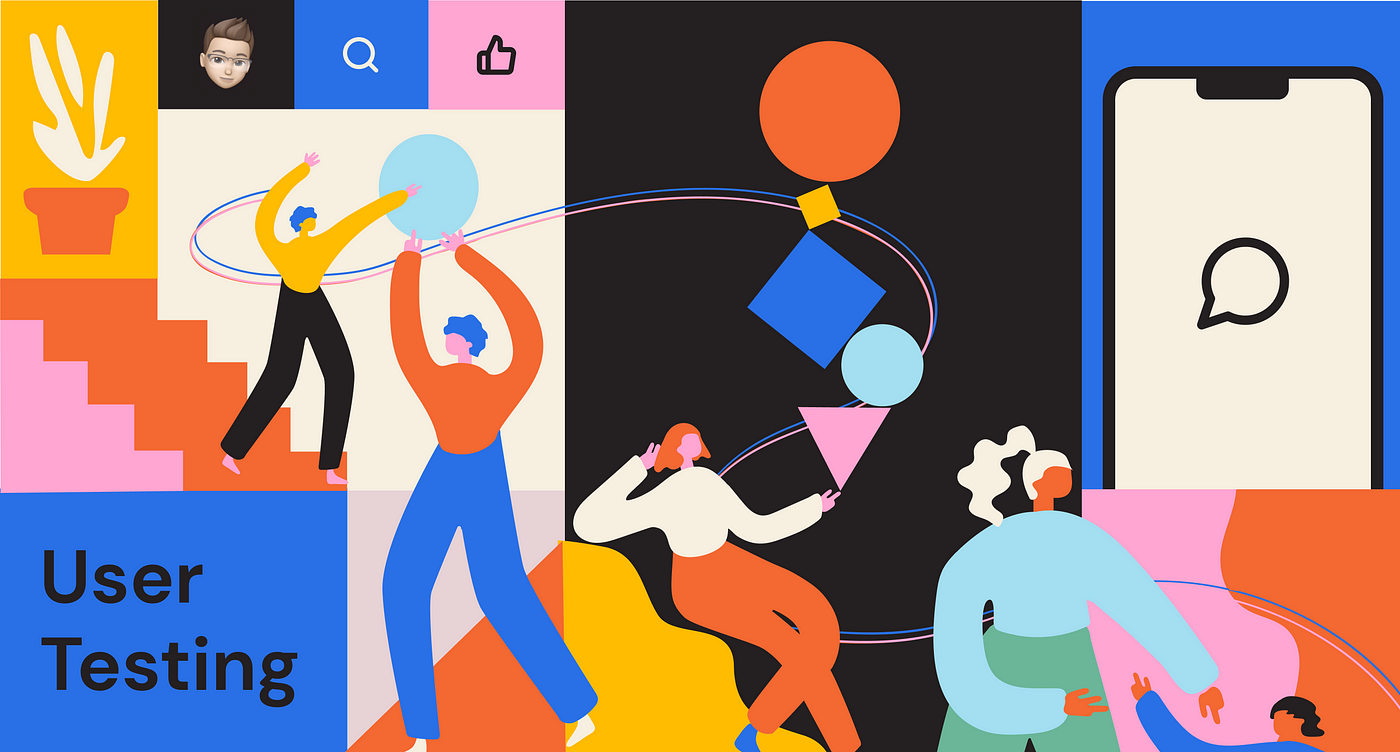1: Introduction to Usability and User Testing
1.1 Defining usability and its role in UX design
1.2 Understanding the importance of user testing in the design process
1.3 Key concepts: Usability, accessibility, and user-centered design
2: Types of User Testing
2.1 Overview of various user testing methods (e.g., moderated, unmoderated, A/B testing)
2.2 Choosing the right type of user test for different stages of product development
2.3 Pros and cons of different user testing approaches(Ref: Software Testing Fundamentals: A Beginner’s Guide)
3: Planning and Preparing for User Tests
3.1 Identifying user personas and creating test scenarios
3.2 Writing effective test scripts and setting clear objectives
3.3 Recruiting participants for user testing
4: Conducting User Testing
4.1 Best practices for facilitating in-person and remote user tests
4.2 Recording and observing user behavior during testing
4.3 Managing test environments: Tools, software, and platforms for user testing
5: Analyzing and Interpreting User Feedback
5.1 Analyzing qualitative and quantitative data from user tests
5.2 Identifying usability issues and patterns in user behavior
5.3 Using heatmaps, session recordings, and feedback forms to gather insights
6: Usability Metrics and Tools
6.1 Measuring usability: Success rates, task completion, time on task, etc.
6.2 Tools for collecting user feedback: UsabilityHub, Lookback, Maze, etc.
6.3 Key performance indicators (KPIs) for tracking UX improvement
7: Iterative Design and Testing
7.1 Implementing changes based on user feedback
7.2 Conducting usability testing in agile and iterative design environments
7.3 Continuous improvement: The role of ongoing user testing
8: Accessibility and Inclusivity in User Testing
8.1 Conducting tests with users of different abilities
8.2 Ensuring designs are accessible: WCAG guidelines and usability testing
8.3 Gathering feedback from diverse user groups
9: Usability Reporting and Presenting Results
9.1 Writing clear and actionable usability reports
9.2 Presenting usability findings to stakeholders and design teams
9.3 Prioritizing usability fixes based on user feedback
10: Case Studies and Real-World Applications
10.1 Analyzing successful user testing case studies
10.2 Best practices for improving UX based on user feedback
10.3 Final project: Conducting a full usability test and presenting findings
Conclusion:
Effective user testing and usability improvements are critical to creating successful products. This training equips participants with practical tools and techniques to gather and act on user feedback, ensuring a user-centered design process. By mastering these skills, participants can contribute to delivering exceptional user experiences and drive product success.
Reference






